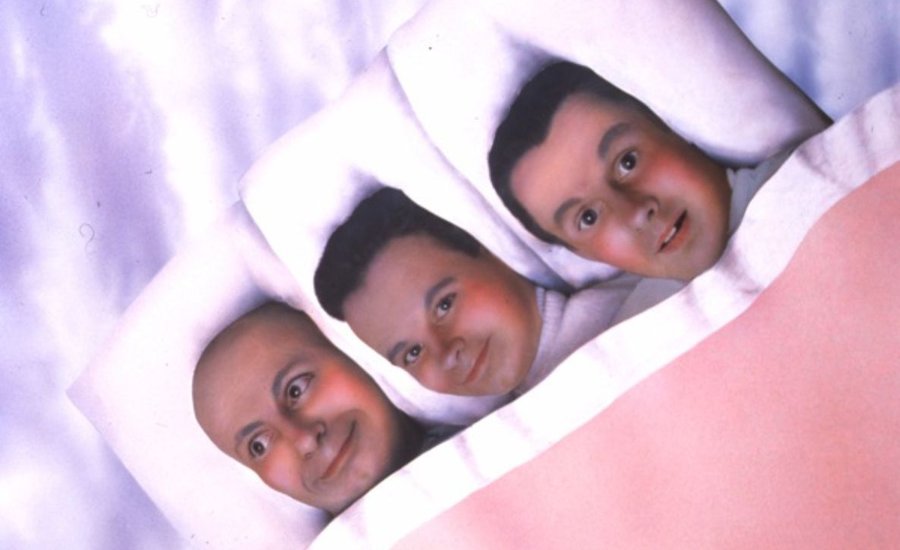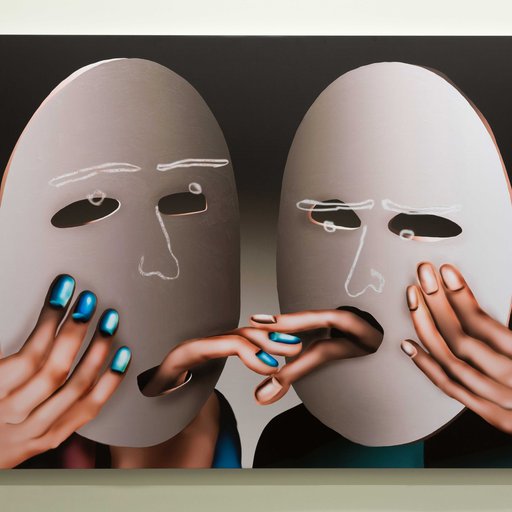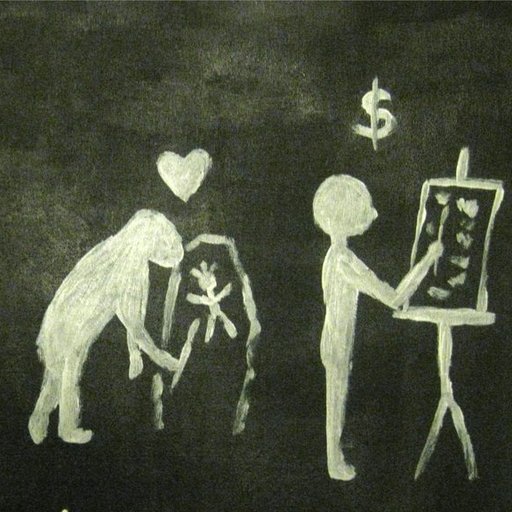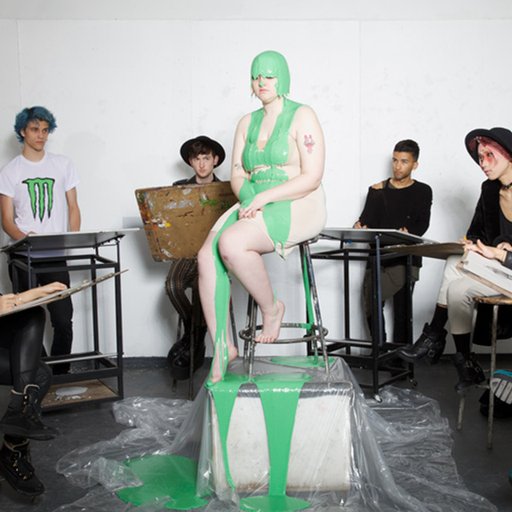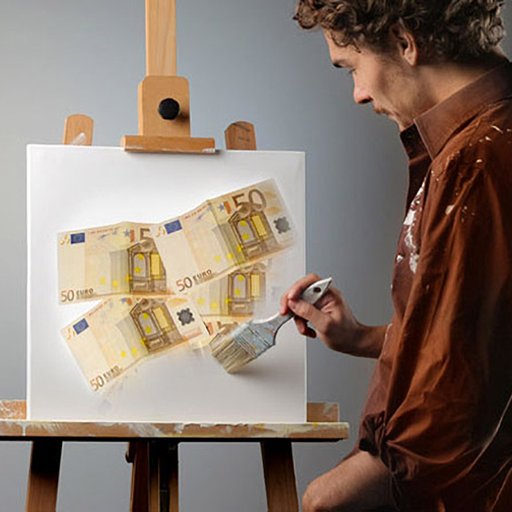In 1971, sixteen artists received a strange package from the Toronoto-based collective General Idea. Inside the box was a folder with an array of documents, a dress, and a small response card. A long letter on brown parchment, signed by Granada Gazelle, offered a puzzling introduction.
“General Idea is now prepared to offer you the chance of a lifetime. This is no trick offer. There are no fake prizes, no money-spending hoaxes, no elaborate advertising gimmicks. General Idea is now offering you the chance to become Miss General Idea 1971.”

At that point, General Idea (comprised of Felix Partz, Jorge Zontal and AA Bronson) were known for their provocative and quirky correspondences and participatory surveys. Asking responders to fill out orgasm energy charts, or to send a photo of themselves becoming “object and subject, viewer and voyeur,” the trio gained a small following of artists all over the globe. In 1971, however, they decided to raise the stakes and stage a performative piece that was incredibly ambitious, delightfully campy, and later rembered as iconic. Earlier this week, Mitchell-Innes and Nash announced that they now represent the estate of General Idea. To celebrate this exciting news, let's take a look back at one of the trio's iconic early works, The 1971 Miss General Idea Pageant.
In 1970, General Idea performed the original play What Happened at the Festival of Underground Theatre in Toronto. During the intermission of another performance at the festival, the trio staged the 1970 Miss General Idea Pageant in the theater's lobby. Honey Novick, a popular Toronto musician, competed as “Miss Honey” and won the pageant, thanks to her beautiful gown and her bewitching talents on the Telex machine (a mix between a typewriter and a fax machine). The entire affair struck a chord with the members of General Idea, as Partz later reminisced, “Everyone was quite mystified as to what was going on. Because it looked quite real, because Miss Honey was quite a good actress.”
After that moment, beauty pageants seemed like the perfect format for General Idea to work with. As three gay men, they already found the concept of the beauty pageant ridiculous and overly performative; pageants were ripe for a campy re-interpretation, one that challenged gender stereotypes and normative sexuality with a sort of believable abursdity.
The three then decided that The 1971 Miss General Idea Pageant would be even more grandiose, and, in turn, even more sardonic. They decided to craft the event as a televised special, as opposed to sticking to a single live performance. Instead of casting local friends as contestants, the trio reached out to both male and female artist acquaintances that they believed could capture the "spirit" of Miss General Idea. The packages, mentioned above, became each artist's entries into the competition. The contestants were asked to submit a photograph of themselves donning the taffeta dress enclosed, marked as The Miss General Idea Gown, for the judges to evaluate. One of the most salacious intems in the package was a copy of a found image of a dominatrix in drag, wearing a skin-tight leather jumpsuit, matching platform heels, and a short white skirt. Captioned Artist Conception; Miss General Idea 1971, the image set the tone for the pageant, letting participants in on the joke while also setting the standards high.
Only twelve participants returned completed packets. Janice Campbell sent back a strongly worded letter, berating the pageant for being a being “sexist exploitation,” and calling General Idea “male chauvinist pigs;” the trio counted this as her entry and placed her in the running any way.
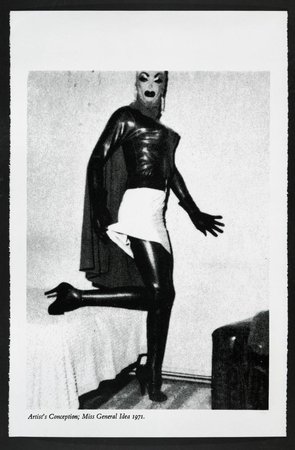
On October 1, 1971, the pageant came together at the Art Gallery of Ontario. An array of candles decorated the stage, giving the pageant a spiritual feel. First to take the stage was Miss Honey, who delivered another convincing performance as a pageant queen gracefully relinquishing her title. After a quick speech from the judges, the Master of Ceremonies (A.A. Bronson) announced the winner of the pageant: Marcel Dot, the alter-ego of the Vancouver artist Michael Morris, was eventually crowned, with the judges remarking that his submission was adept at “capturing ‘Glamour’ without falling into it.”
While the pageant was a great success, Partz, Zontal and Bronson were overwhelmed by the amount of work it took to pull off the entire endeavor. Instead of merely repeating the gesture next year, they made the symbolic decision to stage the next pageant in 1984. Their next few bodies of works revolved around the idea of the return of the glorious pageant, including building an entire Olympic-style pavilion solely for the ceremony. But most of all, their dedication to stage another pageant in 1984 laid bare their commitment to one another, a promise to continue working together for the next thirteen years.

Marcel Dot, the winner of the pageant











